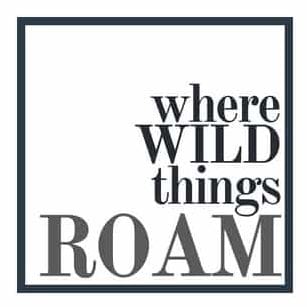Embracing ‘Travel Pono’ in Hawaii
Post-Covid travel may look a little different, giving rise to a new type of traveller – those seeking more meaningful travel experiences where they can give back. Dubbed “regenerative travel,” mindful travel is the new sustainable tourism. It’s the art of being present and immersed in an experience in addition to leaving a positive impact.
Like many places around the world, Hawaii has implemented stringent Covid guidelines for visitors, and while the islands have cautiously welcomed an influx of tourists, they have simultaneously launched an initiative called Malama Hawaii. This voluntourism program encourages travellers to mālama — or “give back” — to Hawaii and leave the islands better than they found them.
You may be familiar with the aloha spirit. The word “aloha” has many meanings — it is used for greetings, describes love or respect, and translates to “presence of breath.” Similarly, the aloha spirit means many things to people. Hawaiians often use the aloha spirit as guidance to be a positive influence in the community. Your intentions impact the lives of others so you don’t just take the aloha spirit, you give it.
But are you familiar with ‘Travel Pono’?
What is Travel Pono?

Mālama sits well with Hawaii’s ‘Travel Pono’ philosophy – which means to explore with care, offering your kokua (help) to preserve Hawaii’s natural resources, cultures and communities. It’s recognizing your responsibility while gaining a deeper connection to Hawaii.
So how can you practice Travel Pono while visiting the island nation of Hawaii? It is easier than you may think. Think of Hawaii like it is your home and treat it like you would your home. Just like you want your hometown community to thrive, you can contribute to the prosperity of the home of Hawaii. Act as a steward of the land and practice sustainability whenever possible. Support local businesses wherever you go and most importantly, respect their rules. Don’t forget to show your appreciation to frontline staff -a “thank you” goes a long way.
How do you mālama in Hawaii?

While you explore the Islands, take your time to learn about the cultural significance of each location. By gaining a deeper sense of place, you’ll make your trip more meaningful. Consider joining a guided tour with a local expert or visiting a historical site. To really mālama, consider lending a hand during your stay with a volunteer opportunity — many organizations welcome help for the day. You can join a work party planting trees or cleaning the coastline.
When I travelled to Hawaii, I wanted to ensure I left a positive impact. I had read many an article and seen social media posts from local Hawaiians who seem to discourage visitors to the country. They cited overtourism as being a problem and I didn’t want to add to that.
With the Travel Pono concept in mind, I arrived on Oahu ready to mālama. Located on the windward side of Oahu, Kualoa Ranch is a private nature reserve spanning across the Ka’a’awa Valley and Hakipu’u Valley. Well known as a popular TV and movie location where Jurassic Park, Lost and Hawaii Five-0 were filmed, it is also where you can take part in the Malama Experience.
I have found the most rewarding trip is one that gives back, and the gratifying Malama Experience at Kualoa Ranch does just that. It offers the chance to enjoy the stunning natural beauty and vibrant culture that make the Hawaiian Islands truly special while forging a deeply rooted relationship that connects them and you that takes the experience beyond.
This hand’s on experience teaches the importance of sustainability and the streams as they feed the loʻi, a water taro patch, down through the valleys and into the ocean. When I say hands-on, I mean knees deep in mud. I stepped into the artificial pond where the taro is cultivated and felt the mud ooze between my toes. As I piled old palm fronds onto mounds of mud that had been built up in the pond, Iwi Kurosu, the mālama program lead and Mahiʻai (farmer) at Kualoa Ranch explained how important kalo (the Hawaiian name given to taro) was to the Hawaiian people for sustenance and its cultural tie-in to Kualoa.
Depending on the need, activities for the Malama Experience can vary to include the thatching of traditional Hawaiian hale (grass huts), assisting with cleaning, planting, and harvesting the kalo or mālama of the laʻau lapaʻau (medicinal plants).
Not only did it feel good to lend a helping hand, but I was doing good at the same time. That relationship between people and place grows stronger every time you mālama.
So next time you travel to Hawaii, or anywhere really, travel with Travel Pono in mind and strive to give back (mālama).















